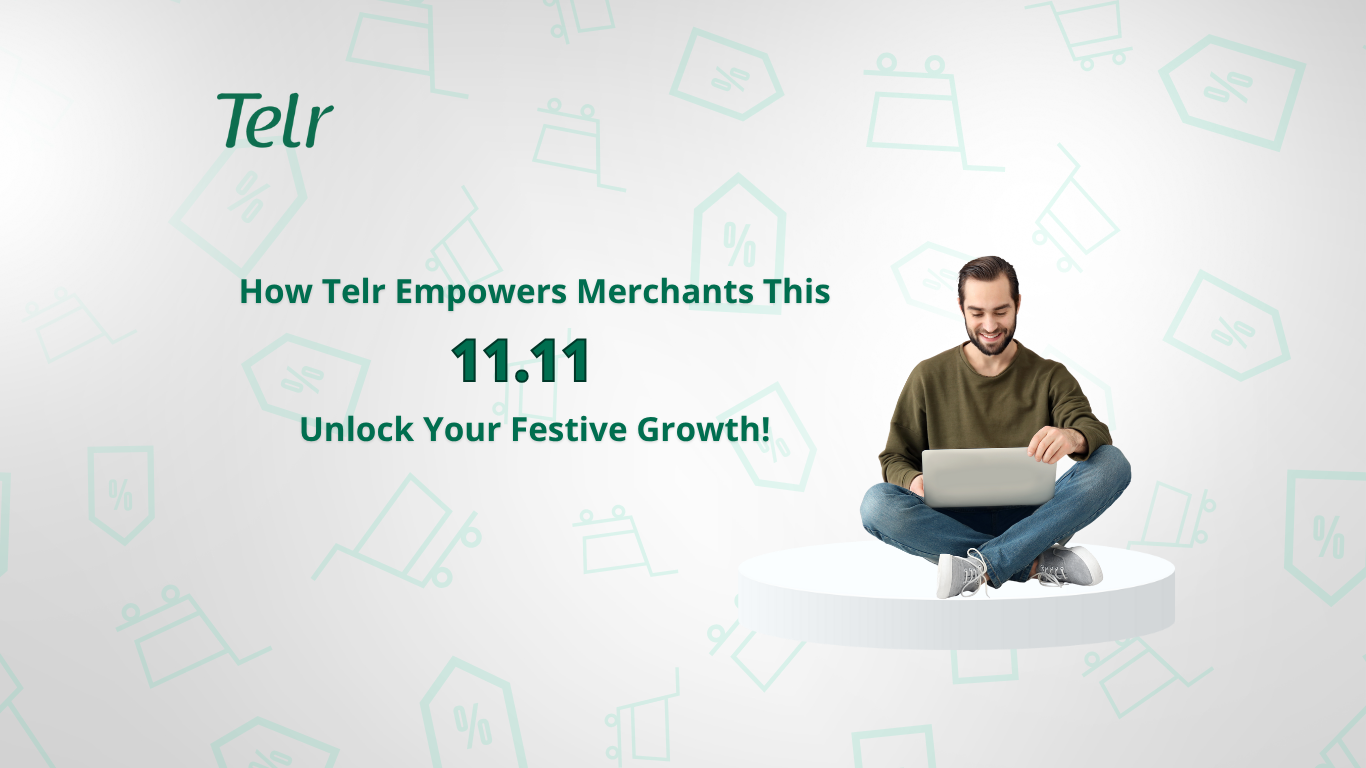
Over the past year, the Indian government's Digital India program has driven a significant increase in mobile and internet transactions. The demonetization effort at the end of the year accelerated the shift towards digital payments, propelling India closer to a cashless economy. The digital payments sector has been highly active throughout the year, initially focusing on developing a sustainable customer acquisition model and later grappling with a sudden and dramatic surge in demand.
Originally projected to grow into a USD 80 to 100 billion market by 2020, the digital payments sector has seen its prospects rise significantly due to recent demonetization efforts. It is now anticipated to reach the USD 500 billion mark within the next three years. This sector includes mobile wallets, internet banking, point-of-sale systems, payment gateways, and additional services such as mobile recharges and bill payments. Notably, mobile banking users are expected to grow at a compounded annual growth rate of 27% during FY 2016-20. As we begin the new year, it's worth exploring how this sector is poised to fully develop.
BANKING, FINTECH SECTOR SET TO BOOM
India is set to follow in the footsteps of China and observe a boom in the FinTech landscape. Enabled by the increasing aspirations of present day consumers, 2017 appears to be the year for the FinTech. There has been an increasing demand for fast-tracked and streamlined financial services and following the recent push by the Government of India, one can easily expect financial inclusion, brought about by the FinTech players. Mobile payments are also going to be in the front, while driving this change. Wealth management shall also mark the undertone of FinTech’s massive adoption in India. Furthermore, the risk scoring algorithms and such platform will play an instrumental in democratizing access to financial services, while making the procedures more intuitive, organically sustainable and happen quickly.
DIGITAL PAYMENT SERVICES TO BE AVAILABLE ON-DEMAND
As smartphones become more affordable and internet access extends beyond urban areas, payment services are becoming available on-demand. Unlike the traditional 3-day wait times often seen in banking and finance, new entrants are disrupting the sector with faster delivery and turnaround. By leveraging advanced technologies such as big data analytics and artificial intelligence, many previously time-consuming processes are now automated, further supporting the shift to an on-demand model.
WELCOMING DIGITAL ASSISTANTS IN THE PAYMENTS SECTOR
In 2016, numerous startups emerged offering Digital Assistance, mirroring the functions of traditional service sectors. Many smartphones now feature virtual assistants like Apple's Siri. With a growing focus on speed and automation, Digital Assistance is poised to integrate into the FinTech sector. Today’s digital assistant apps, powered by Artificial Intelligence and Big Data Analytics, can assist users with specific tasks or transactions efficiently. Aiming to deliver the most convenient, fast, and intuitive solutions, FinTech and digital payment providers are expected to increasingly adopt these advancements.
MORE COLLABORATION IS COMING OUR WAY
The e-wallet sector has already seen significant consolidations, such as Amazon's acquisition of Emvantage and Flipkart's takeover of PhonePe. Meanwhile, new apps are continually emerging in the digital payments landscape, each addressing specific challenges. Today, offering a broad range of services is a major focus for many businesses, suggesting that further consolidation, mergers, and acquisitions are on the horizon. The goal is to combine and refine various specialized services into a comprehensive suite of advanced, high-tech digital payment solutions. As we navigate these dynamic times, it will be intriguing to see what additional innovations and disruptions unfold in the sector in the coming months.
Recent Posts

Telr and Peko ink a strategic partnership agreement to launch Telr Incepta

.png)


.png)
.png)








